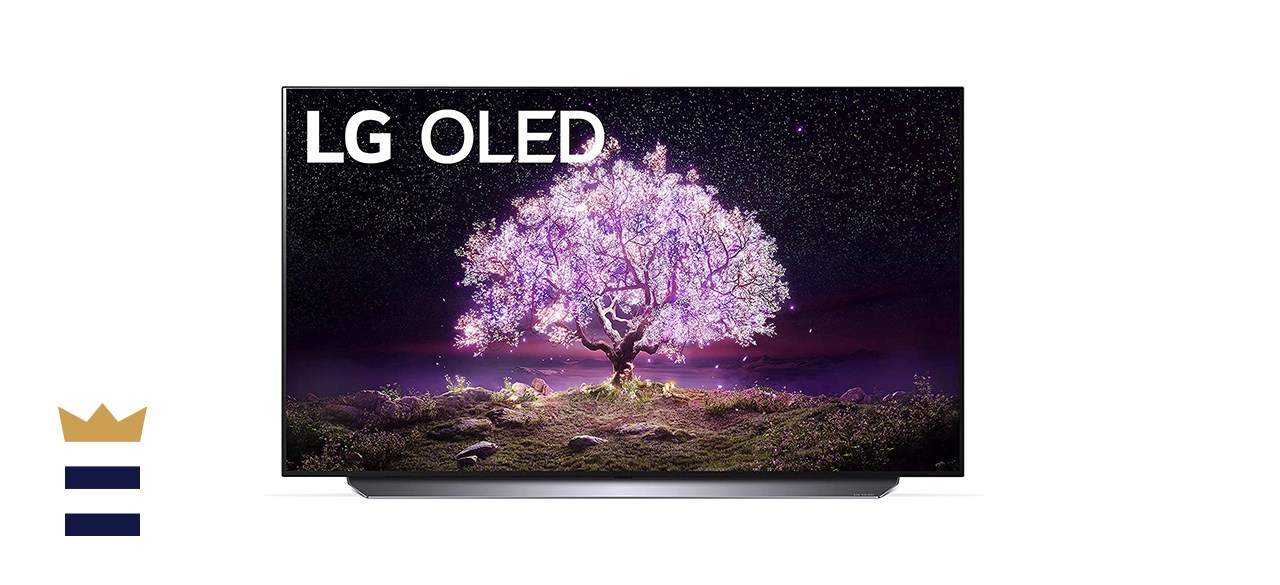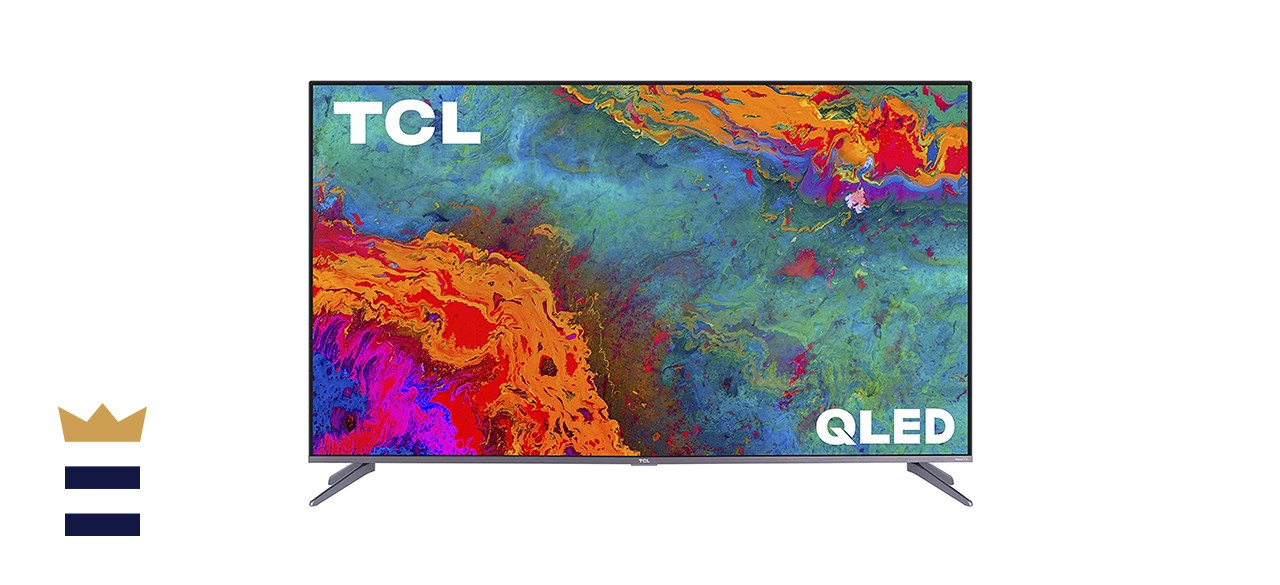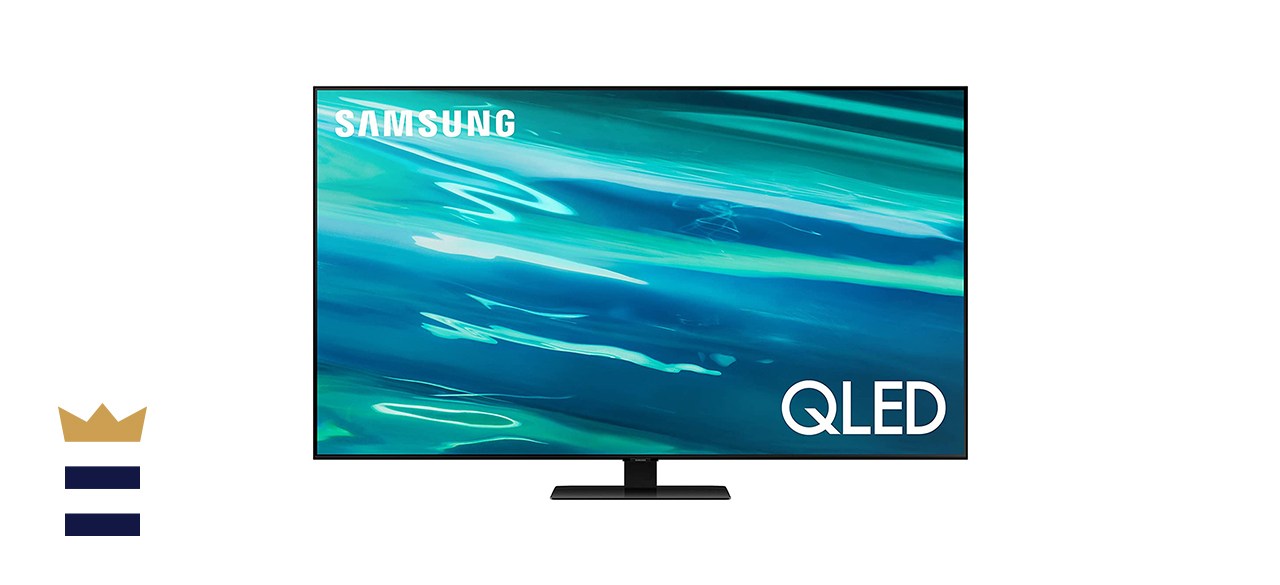Best 4K TV

Which 4K TV is best?
4K TVs aren’t just increasingly common. Few 1080p TVs are still on the market, and these are becoming exceedingly outdated.
Aside from brighter and bolder TVs, the mainstream adoption of the Ultra HD standard also means lower prices, even for high-performance models. In fact, you can now get your hands on a TV with support for advanced techniques, like HDR, without spending an absolute fortune. Widely considered the best 4K TV on the market, the LG C1 is the latest in LG’s line of premium OLED.
What to know before you buy a 4K TV
Size
4K TVs range in size from 42 inches all the way to 88 inches. They all have the same number of pixels, so as a TV gets larger, it will be easier to see pixelation when up close. Most people sit roughly 6-8 feet away while watching TV, which is why 55-inch and 65-inch TVs are the most popular by far. It’s OK to err somewhat on the side of a larger TV, as you still won’t be able to pick out individual pixels with the naked eye if you’re sitting 7 feet away from a 72-inch screen. At a certain point, though, too large of a TV will make it hard to pay attention to the entire screen at once, making it difficult to enjoy most content.
Programming
Different TVs excel when watching various kinds of content. Movies, for example, benefit from HDR as there are simply most movies rather than TV shows encoded with HDR formatting. Sitcoms or dramas tend to look better on IPS panels because they have significantly wider viewing angles than more common VA panels. While sporting events also tend to benefit from wide viewing angles, courts and fields of consistent colors can fall victim to inconsistent grays and colors, which can be distracting in the middle of a game. Finally, if you plan on gaming on your new 4K TV, there’s a host of other features to look for.
What to look for in a quality 4K TV
Contrast ratio
On its most basic level, the contrast ratio is the measured difference between two on-screen colors. In real-world terms, a high contrast ratio lets a TV display the boldest parts of a scene accurately while maintaining deep, consistent black and gray levels throughout the frame. It’s one of the most worthwhile features to keep your eye on when selecting a 4K TV.
Wide color gamut
The volume of colors that a display can produce is called the gamut, and it’s an important aspect to consider on both entry-level and high-end 4K TVs. Not only does a wide color gamut make the content look bolder, but it’s also an absolute must-have if you plan on taking advantage of HDR content.
High refresh rate
A 60Hz panel updates the image on screen 60 times per second, and a 120Hz panel does so 120 times per second. For years, 60Hz was the only refresh rate available on 4K TVs, but with the advent of HDMI 2.1, that’s finally changing. While it’s true that most recorded content won’t directly benefit from this upgrade, there are indirect benefits. Movies, which are still recorded at 24 FPS, play more smoothly on a 120Hz panel than a 60Hz panel, for example.
Frame interpolation
Also known as motion smoothing and proprietary names like Samsung’s Auto Motion Plus, frame interpolation is a method modern 4K TVs use to essentially estimate what’s going to come in between two frames of video data and simulate the in-between frame. Almost all 4K TVs have this. This helps eliminate the “soap opera effect,” which is when shows are recorded at a very high frame rate and appear unnaturally smooth.
Advanced gaming features
Now that the latest consoles support 4K output at 120Hz, gamers can finally take full advantage of high-end 4K TVs. Those same high-end TVs are also increasingly equipped with premium gaming features, like auto low latency mode, which detects when you’re using a game system and enters into a gaming mode with low input lag. Even more important is having a variable refresh rate, which lets the TV match its refresh rate to the frame rate output of the gaming console. This eliminates screen tearing and stuttering you’d otherwise see when the frame rate and refresh rate don’t match.
How much you can expect to spend on a 4K TV
You can spend as little as $300 on a basic 4K TV, while the biggest premium models can easily approach several thousand dollars. For what’s realistically the best image quality on a set as large as 82 inches though, look to spend in the neighborhood of $4,000-$5,000.
4K TV FAQ
Are OLED TVs worth the money?
A. That depends. A couple of the top-rated TVs on the market use OLED technology. Across the board, OLED TVs are significantly more expensive than all but the top-of-the-line LCD models. Also, because all OLED TV panels are manufactured by LG Display, there isn’t a lot of difference in the performance of various OLED TVs, so you’ll see diminishing returns as you consider more exorbitant OLED models. However, every OLED TV currently available is pretty much guaranteed to be a premium TV set.
Do I need HDMI 2.1?
A. Maybe. HDMI 2.1 is a relatively recent standard that adds a few important features, like an enhanced audio return channel, making it significantly easier to wire a surround sound setup. Probably the most important part of the HDMI 2.1 standard is the increased bandwidth, allowing for a 4K image at 120Hz. If there’s a chance you’ll invest in the latest-generation gaming console, then HDMI 2.1 is the kind of future-proof feature you may want to consider.
What are the best 4K TVS to buy?
Top 4K TV
What you need to know: The top choice among experts and movie buffs alike, this high-performance OLED TV packs tons of features and a nearly perfect picture.
What you’ll love: The technology driving this one uses self-illuminated pixels, which means there’s no color washout when viewed from an angle, blacks look perfectly black instead of gray and there’s no light bleed or blooming like you’ll find on many LCD TVs. Its 120Hz refresh rate and HDMI 2.1 compatibility make it an ideal HDR-capable display for the latest gaming consoles.
What you should consider: It’s quite expensive, and if you want it to remain in absolutely perfect condition for many years, you might have to take some extra precautions when using it for gaming to avoid long-term burn-in. Most users, however, shouldn’t have to worry about burn-in.
Where to buy: Sold by Amazon
Top 4K TV for the money
What you need to know: Once known mostly for its user-friendly Roku operating system, TCL’s line of 4K TVs has expanded to include premium image quality at a low price.
What you’ll love: This is a budget-friendly 4K TVs with impressive performance. It’s among the rare TVs in its price range with both local dimming and quantum dot technology, which combine to deliver a great HDR experience.
What you should consider: It doesn’t offer a variable refresh rate, and it’s limited to a 60Hz output, so it’s not optimal for those who have already invested in the latest gaming hardware.
Where to buy: Sold by Amazon
Worth checking out
What you need to know: Essentially in the middle of Samsung’s 4K TV lineup, the Q80A combines some of their high-end features with a mid-range price.
What you’ll love: The quantum dot filtration that Samsung popularized is on full display here, delivering an impressive color gamut that makes movies and games look great. It’s also equipped with the most useful gaming features like a variable refresh rate. It also offers direct full-array backlighting, which lets the screen dim and brighten different sections to bring out highlights in HDR content.
What you should consider: Like most TVs that have VA panels, its viewing angles are relatively narrow. Plus, while it’s not Samsung’s top-of-the-line model, it’s not exactly cheap.
Where to buy: Sold by Amazon
Sign up here to receive the BestReviews weekly newsletter for useful advice on new products and noteworthy deals.
Chris Thomas writes for BestReviews. BestReviews has helped millions of consumers simplify their purchasing decisions, saving them time and money.
Copyright 2023 Nexstar Media Inc. All rights reserved. This material may not be published, broadcast, rewritten, or redistributed.




